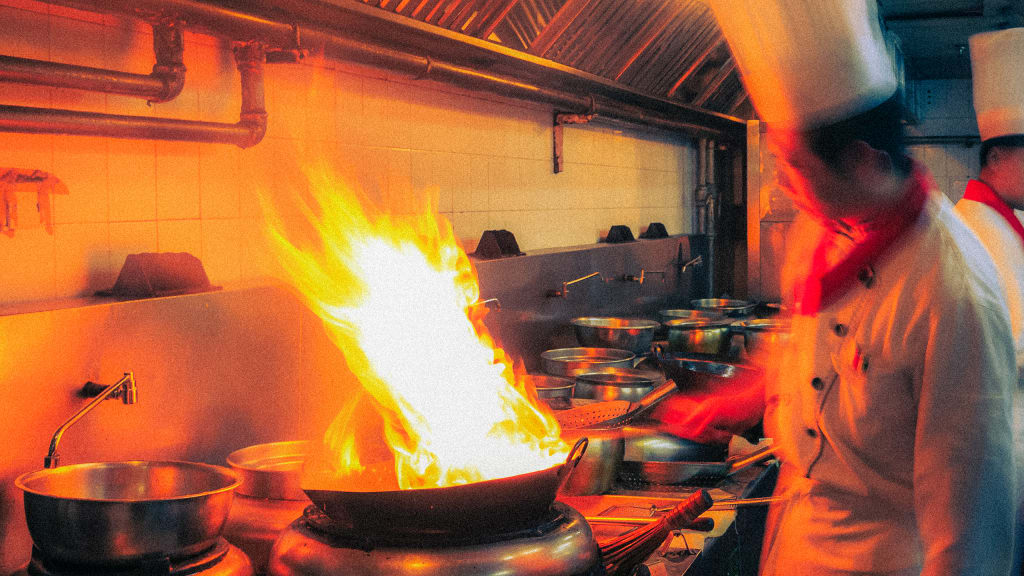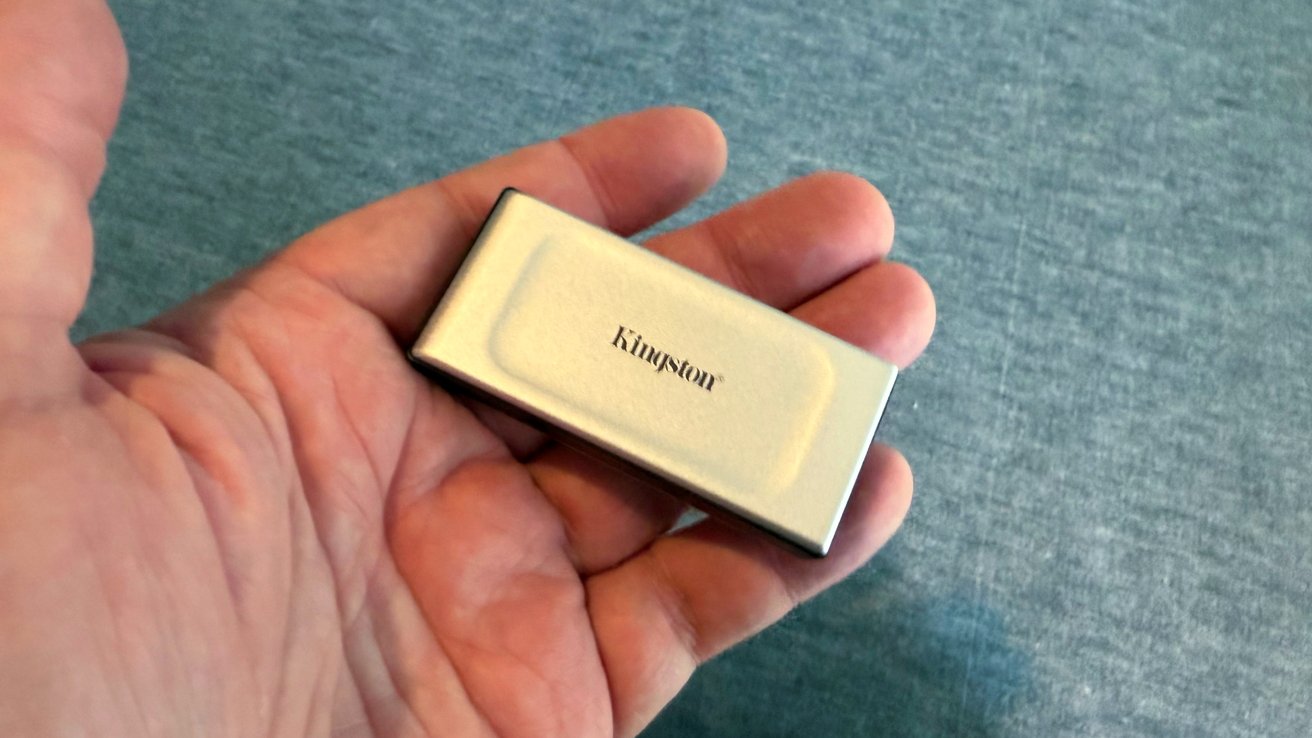Food is an art, but also a history lesson. Dishes such as Torrijas, Laseña or Sushi are centuries (and millennia) behind them and tell us a story of use, mix of traditions or even pandemian evasion. But although we enjoy food to luxury levels, not so many dishes have become a national treasure. Literally.
That is an honor reserved for a few, and the meat -shaped stone of China has the honor of being one of the three treasures that attracts hundreds of visitors every year to the National Museum of the Palacio de Taipei.
Su Dongpo. Today, the Dongpo pig is a traditional dish in China, but arose in the province of Hangzhou during the Song dynasty (between 960 and 1279) to take advantage of a curious surplus of pork bacon. Legend tells that his inventor was his Dongpo, a poet, calligraphy, musician, historian and politician – among other things – who held important positions in the imperial administration, but due to some disagreements with a politician, he was banished to Huangzhou.
There he became governor and, after organizing a series of actions to dredge a lake and end the floods, was presented with large amounts of pork bacon. The scholar was also a good chef, so he decided to slowly cook the bacon with Shaoxing wine and soy sauce to return the detail to the neighbors (and to take advantage of that surplus with which he had been found).
As always, this is a legend and there are other versions that say that the man was playing a board game, he was clueless and forgot about the pig he had on the fire. When he realized, he discovered that this exaggerated cooking had left the tremendously tender piece.

Pig. Such was the acceptance of the dish, which decided to baptize it with the name of the polymata. For almost a thousand years, it has remained one of the traditional dishes of the country and the key is both in the piece and in cooking. About the first, the rule dictates that it must be a bacon bucket of about five centimeters sideways. It must alternate layers of lean meat and fat to prevent it from being too fatty or heavy.
And, to achieve this, a slow stroke and a mixture of fermented wine and soy sauce are used. It is a soft, juicy dish that has a characteristic aroma that, as we say, is a symbol of Hangzhou’s gastronomy.

Qing dynasty. The centuries passed and the Qing dynasty arrived. China governed between 1644 and 1912 and, it was this last imperial dynasty of the country that raised China in the international scene, making it one of the largest and most prosperous empires in the world in the 18th century. That bonanza period was accompanied by a heyday of the arts that combined innovation and tradition.
The Qing acted as patron in many artistic fields, being the sculpture one of the favorites of some of its emperors. And in that period of splendor something arose that has become one of the strangest, funny and, in turn, representative of China: a tribute to the Dongpo pig.


Meat -shaped stone. Used Jaspe veiled as the main element, the artisan shapes a piece with practically perfect measures of 5.73 X 6.6 x 5.3 centimeters.
Not only did he stain the stone to perfectly imitate the appearance of fat and lean flesh, but he was able to create small holes that simulated pork pores. It reflected all layers with precision: from crispy skin, the different interior textures and the base, and all this with colors that really seems marinated meat in soy sauce.
One of the three treasures. You just have to see the images that accompany this article to appreciate that artist’s technical excellence. And such is its importance that meat -shaped stone has been described as the most famous masterpiece of the National Museum of the Palacio de Taipei. It has been exhibited internationally, attracts crowds and, together with the Jade Col and the Mao Gong Ding, is the work that reigns in the galleries of the Taiwan Museum (something that should not be very funny to China, precisely, because of the constant geopolitical tensions with the country).


And here we have a perfect sample of how history, art, tradition and kitchen shake hands thanks, because we must not forget this, to the creativity that artisans could deploy during a qing dynasty that gave wide manga to create sculptures that would delight the court.
Unfortunately, as with so many artistic pieces, we do not know the name of the artisan.
Imágenes | Chainwit, National Palace Museum, Sjschen
In WorldOfSoftware | The statues of Columbus have reached Japan and Egypt. And that tells us something crucial about his controversial figure












